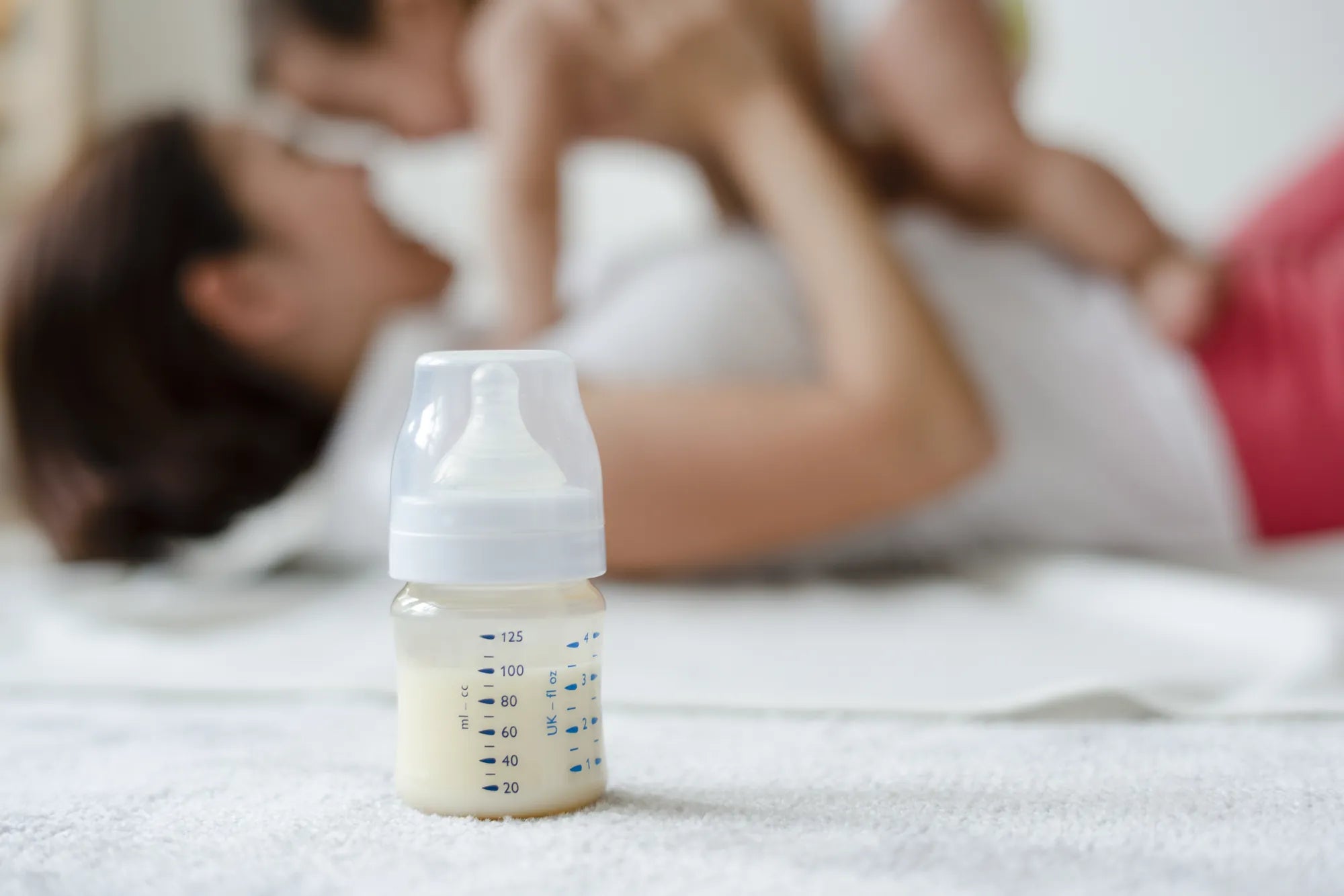Home
Pregnancy, Breastfeeding, and Pumping: The Ultimate Guide for Moms
How to Keep Breast Pump Sterile at Work: Essential Tips for Working Moms

How to Keep Breast Pump Sterile at Work: Essential Tips for Working Moms
For working mothers, maintaining a sterile breast pump at work is not just a matter of convenience—it’s a necessity for the health and well-being of both mother and baby. Pumping in a professional environment can present unique challenges, but with the right strategies, you can ensure your breast pump remains clean and safe to use. Here’s a comprehensive guide to help you navigate this important aspect of your breastfeeding journey.
Why Sterility Matters
Breast milk is a highly nutritious substance that can also be a breeding ground for bacteria if not handled properly. A contaminated breast pump can introduce harmful microorganisms into the milk, posing risks to your baby’s health. Ensuring your breast pump is sterile at work is essential to prevent infections and maintain the quality of your expressed milk.
Preparation Before Work
Start your day by preparing your breast pump and accessories for work. Thoroughly clean and sterilize all parts that come into contact with breast milk. Use hot, soapy water and a clean brush to scrub each component, then rinse them thoroughly. If possible, sterilize the parts using a steam sterilizer or by boiling them for a few minutes. Once sterilized, allow the parts to air dry on a clean towel or use a dedicated drying rack.
Packing Your Pumping Kit
When packing your breast pump for work, use a clean, insulated bag to store the pump and its components. Include extra storage bottles or bags for expressed milk, as well as a cooler pack to keep the milk fresh. Pack a small bottle of dish soap and a brush for cleaning the pump parts at work. Additionally, bring along a clean, absorbent towel or paper towels for drying the parts after washing.
Setting Up a Clean Pumping Space
Identify a private and clean area at your workplace where you can pump comfortably. If your workplace has a dedicated lactation room, ensure it is equipped with a sink and clean surfaces. If not, find a quiet space where you can set up your pump without interruptions. Before starting, wipe down the surface where you’ll place your pump and accessories with a disinfectant wipe to minimize contamination.
Cleaning the Pump During Work
After each pumping session, disassemble the breast pump and rinse all parts that came into contact with breast milk under running water. Use the dish soap and brush you brought to thoroughly clean each component. Rinse them well to remove any soap residue. If you have access to a microwave, consider using steam sterilization bags designed for breast pump parts to ensure they are properly sanitized between uses.
Storing Expressed Milk Safely
Once you’ve expressed your milk, transfer it into clean storage bottles or bags immediately. Label each container with the date and time of expression to keep track of freshness. Place the containers in your insulated bag with a cooler pack to maintain the milk at a safe temperature until you can refrigerate or freeze it at home.
Maintaining Hygiene Throughout the Day
Throughout the day, practice good hygiene to prevent contamination. Wash your hands thoroughly with soap and water before handling your breast pump or expressed milk. Avoid touching the inside of bottles, flanges, or other pump parts with your hands. If you need to use a public restroom for cleaning, ensure the sink and surrounding area are clean before washing your pump components.
End-of-Day Cleaning Routine
At the end of your workday, repeat the cleaning and sterilization process for your breast pump and accessories. This ensures that any bacteria or residue accumulated during the day is eliminated. Once cleaned, allow the parts to air dry completely before packing them away for the next use.
Additional Tips for Sterility
Consider investing in multiple sets of breast pump parts so you can rotate them throughout the day. This allows you to use a clean set for each pumping session without the need for immediate cleaning. Additionally, regularly inspect your breast pump components for signs of wear or damage, as cracked or worn parts can harbor bacteria and compromise sterility.
Educating Your Workplace
If your workplace lacks adequate facilities for pumping, consider discussing your needs with your employer. Many workplaces are willing to provide a clean, private space and necessary amenities to support breastfeeding employees. Advocating for better pumping conditions can benefit not only you but also other working mothers in your organization.
Keeping your breast pump sterile at work is a vital part of your breastfeeding journey. By following these tips and maintaining a consistent cleaning routine, you can ensure the safety and quality of your expressed milk. Remember, a little effort goes a long way in protecting your baby’s health and making your pumping experience more comfortable and stress-free.
Share
